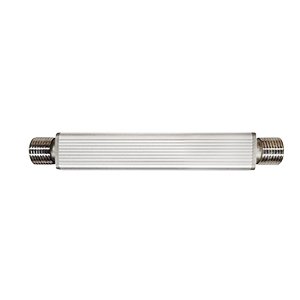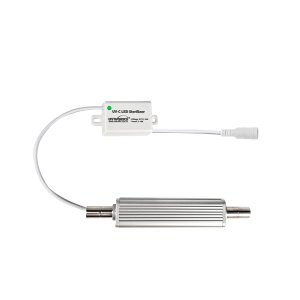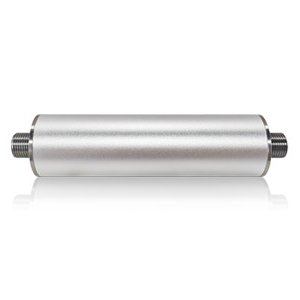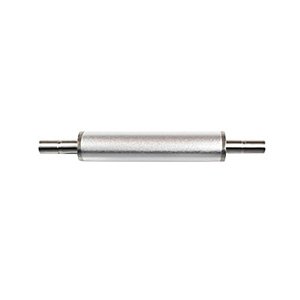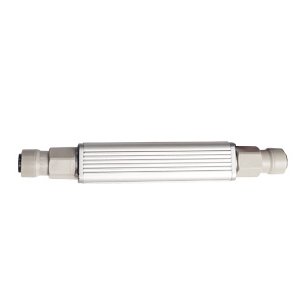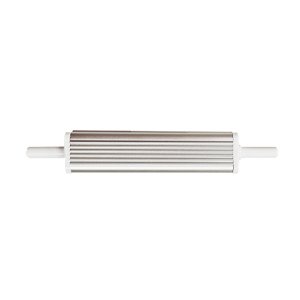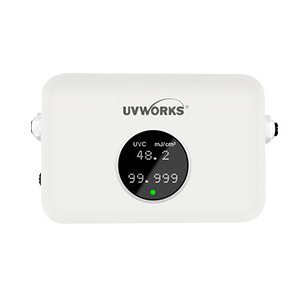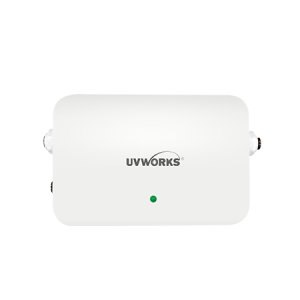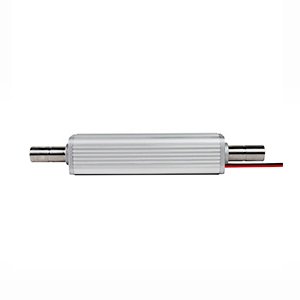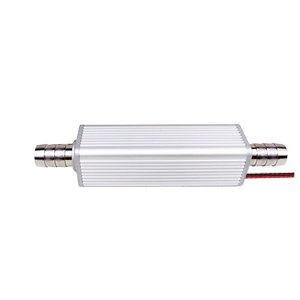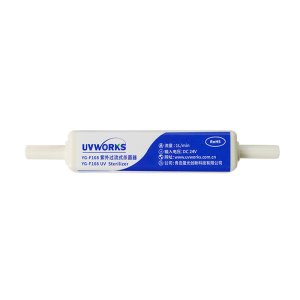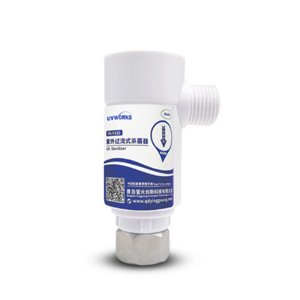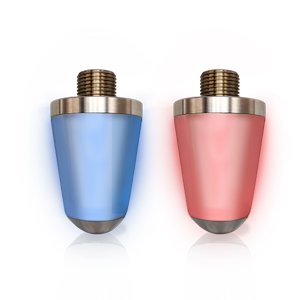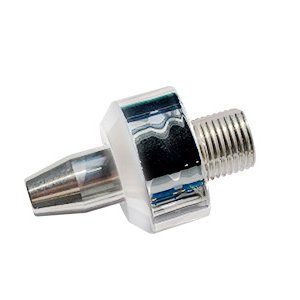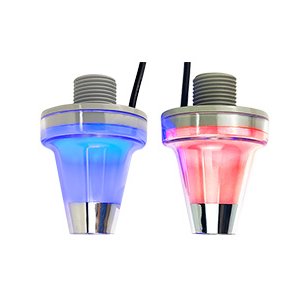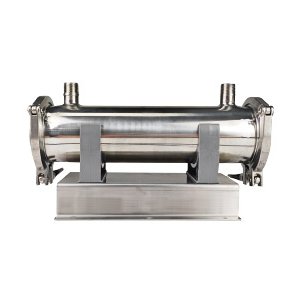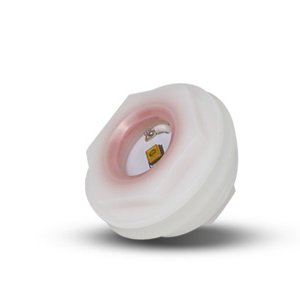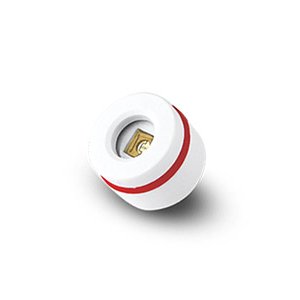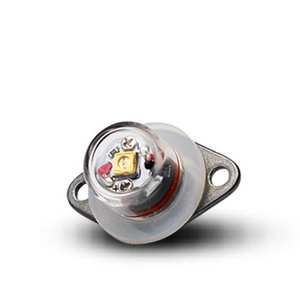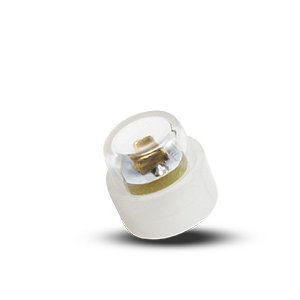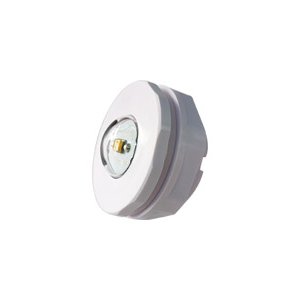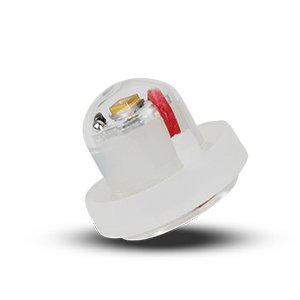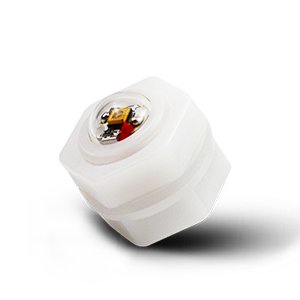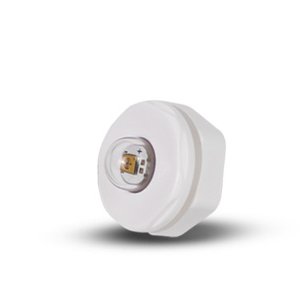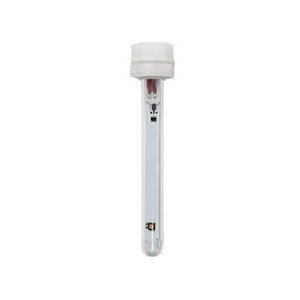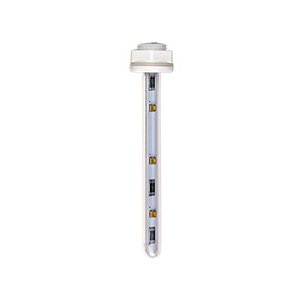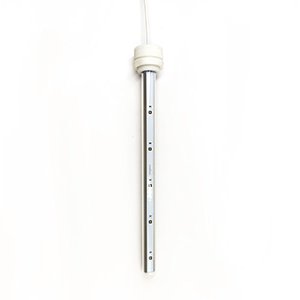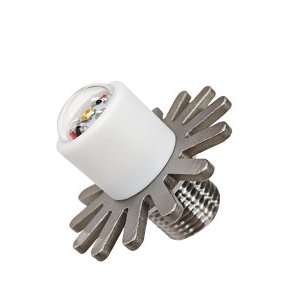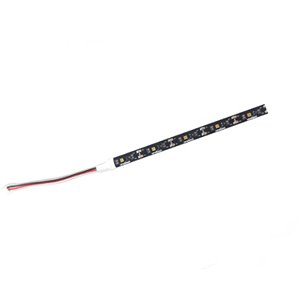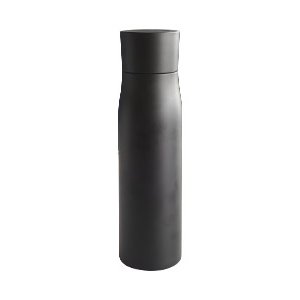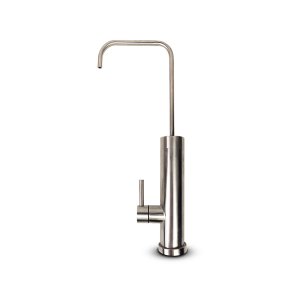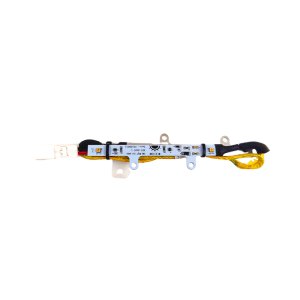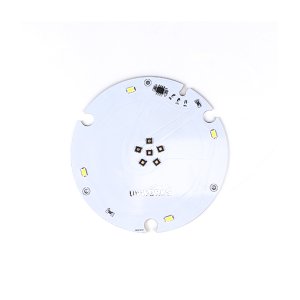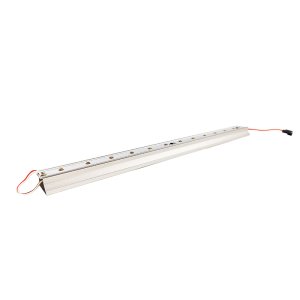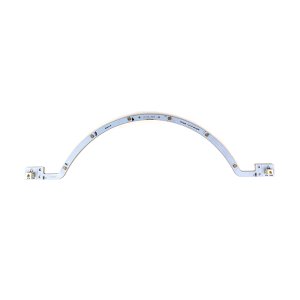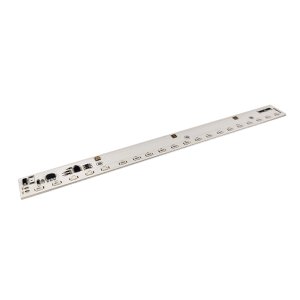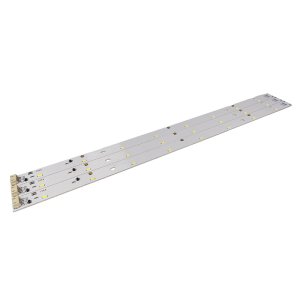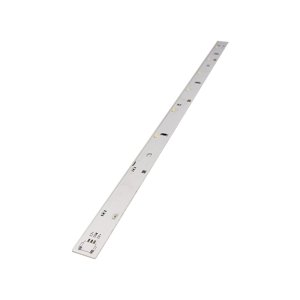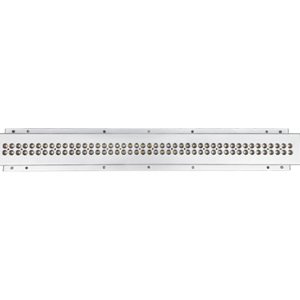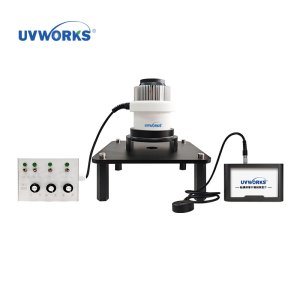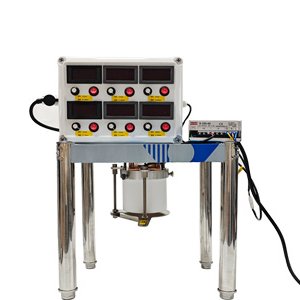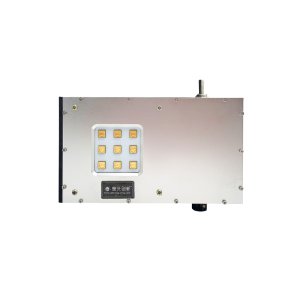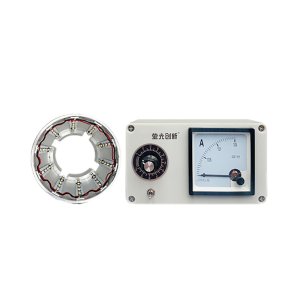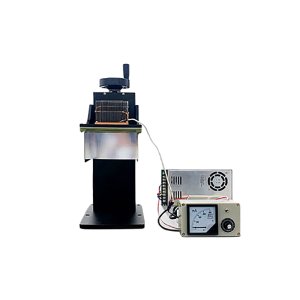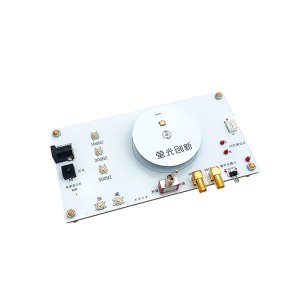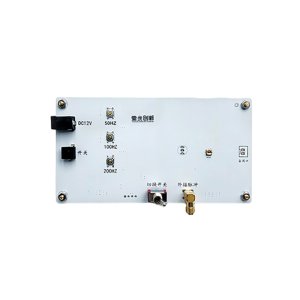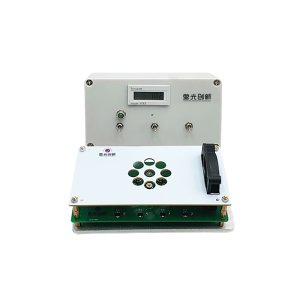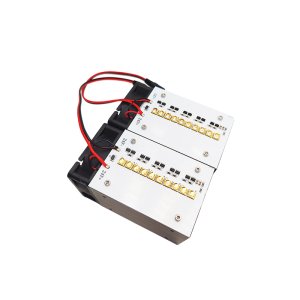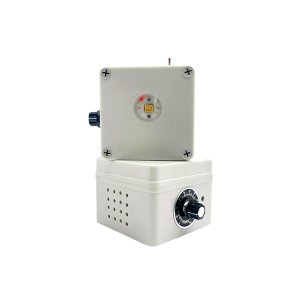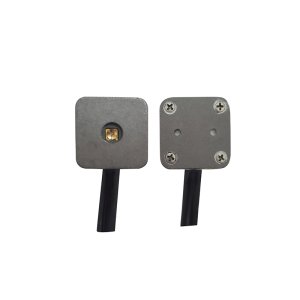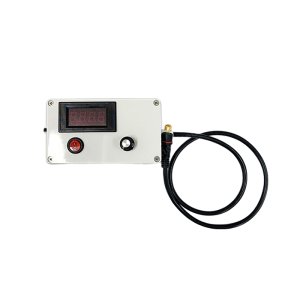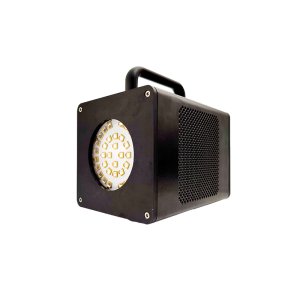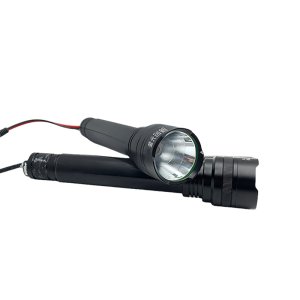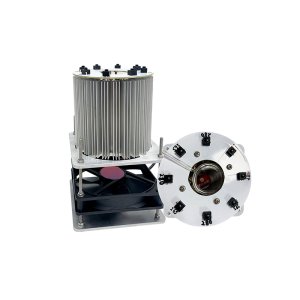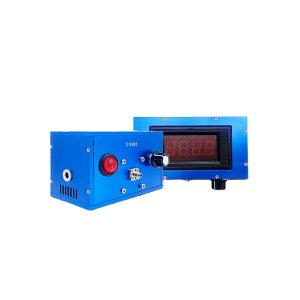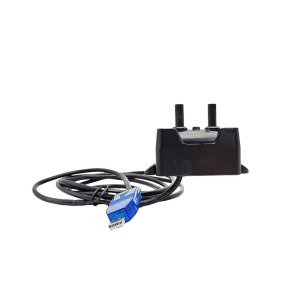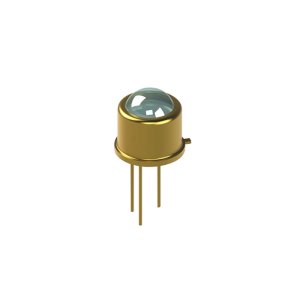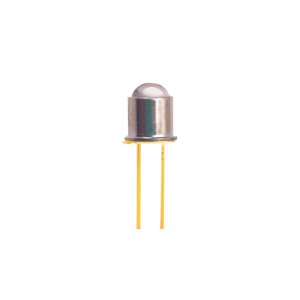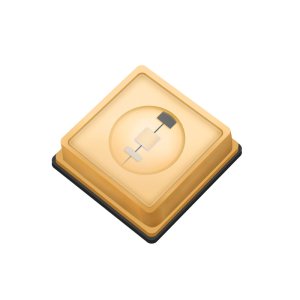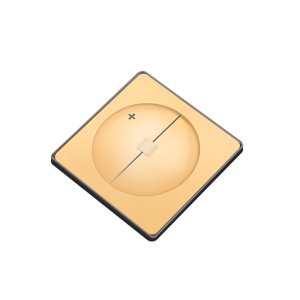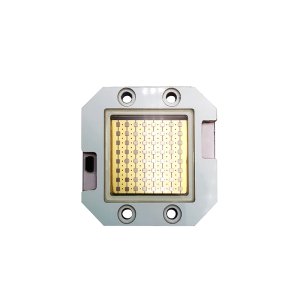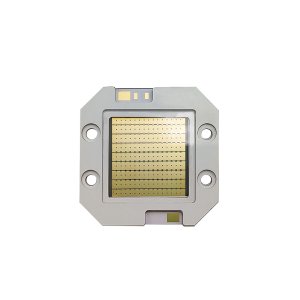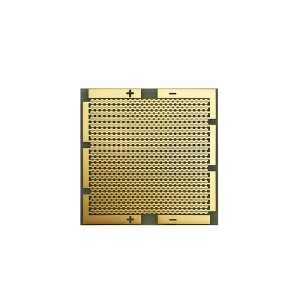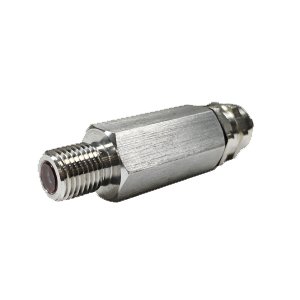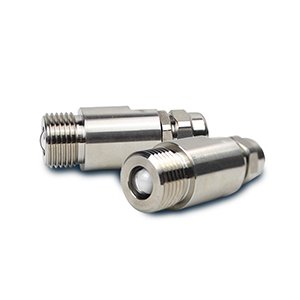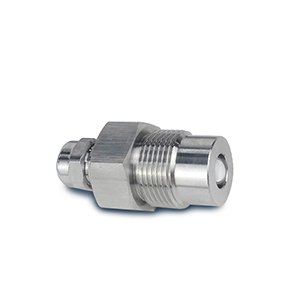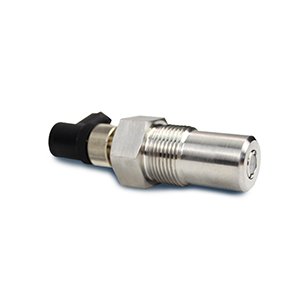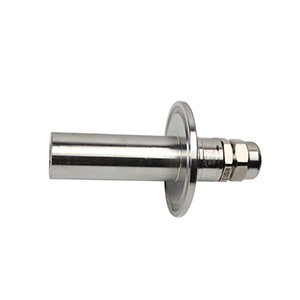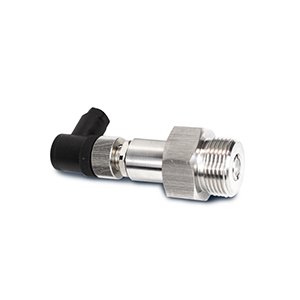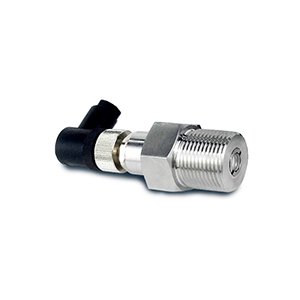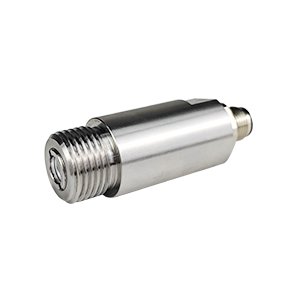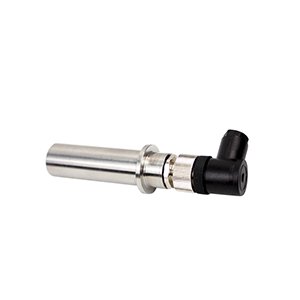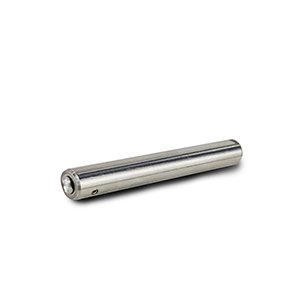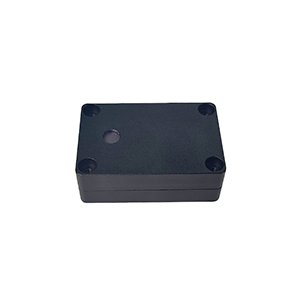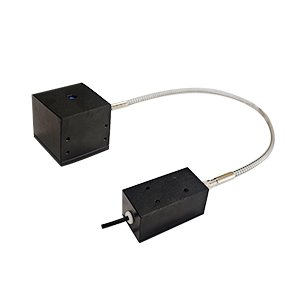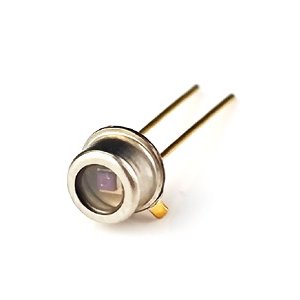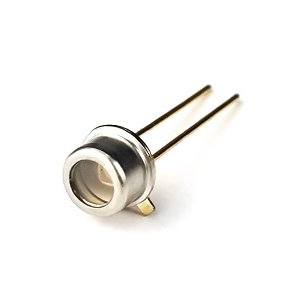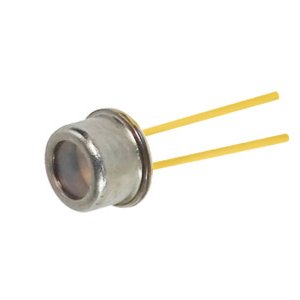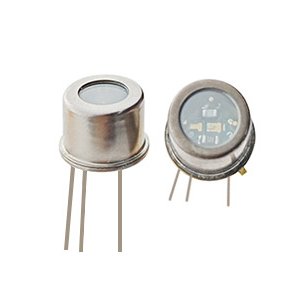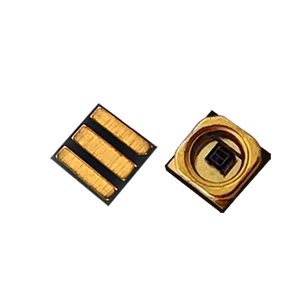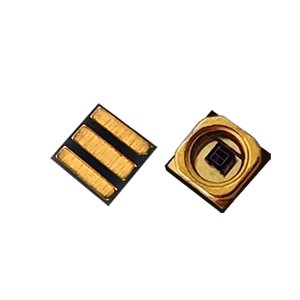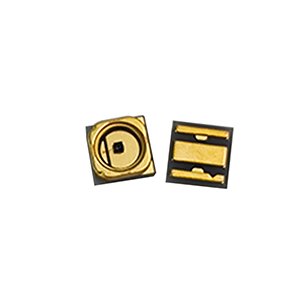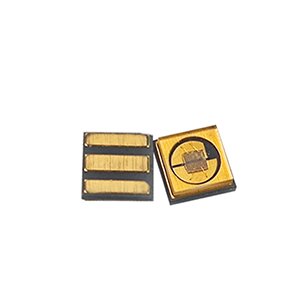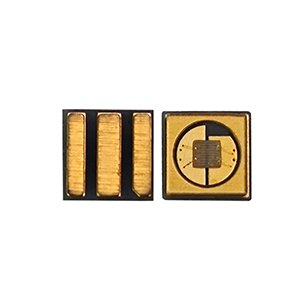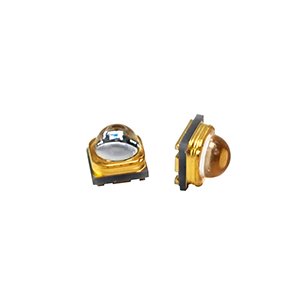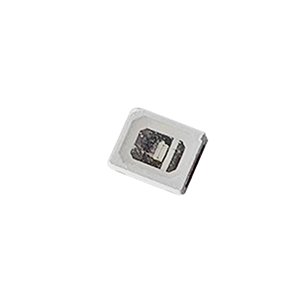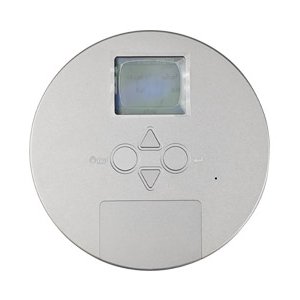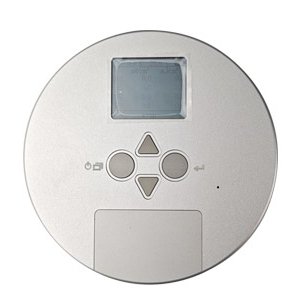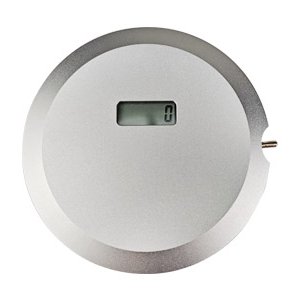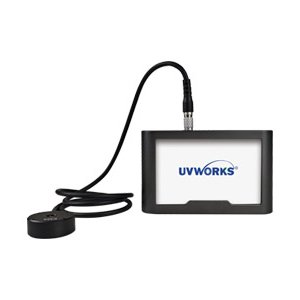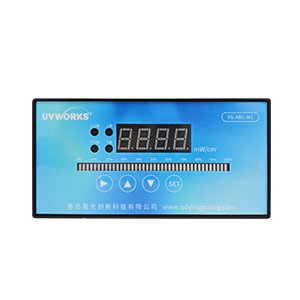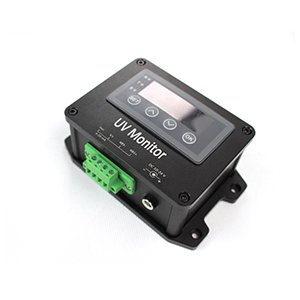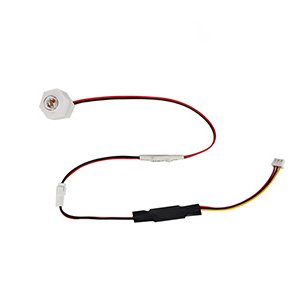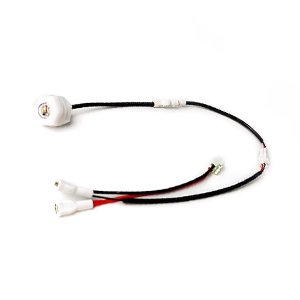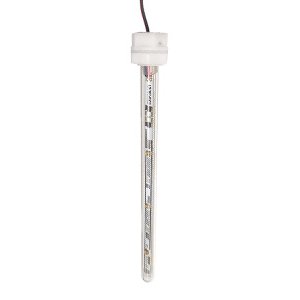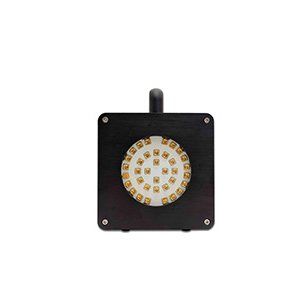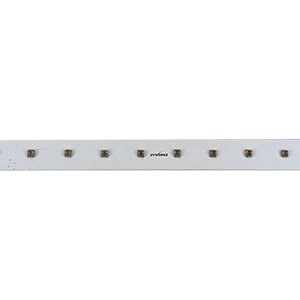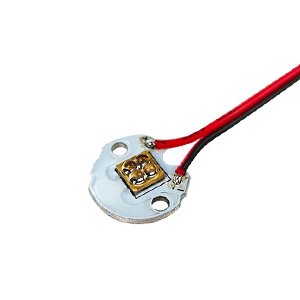
Why can UVC led emit colored light?
2021-09-09
Why can UVC led emit colored light? As we all know, deep ultraviolet light has no color, but many people can find weak purple light, weak blue light or white light when using UVC LED products. What's the matter?
UV LED can be divided into four types according to wavelength: uva LED (320nm-400nm), UVB LED (280nm-320nm), UVC LED (200nm-280nm) and VUV LED (10nm-200nm). UVC is an invisible light source, but it has strong sterilization ability. It can destroy the deoxyribonucleic acid (DNA) or ribonucleic acid (RNA) of bacteria or viruses, resulting in growth cell death and regenerative cell death. Therefore, it can achieve the effect of sterilization and disinfection. In the past 2 years, COVID-19 has been raging in the background. Many enterprises have discovered the sterilization potential of UVC, and have made all kinds of bactericidal products, which are used for disinfection and protection of viruses and bacteria. It also increases the public's understanding of UVC. In the process of using it, some people develop and install UVC bactericidal products, and some even produce purple light. Different products have different light intensity.
In fact, the phenomenon of luminescence is also normal. Let's specifically understand the working principle of UVC. The common UVC LED chip structure is shown in Figure 1, which is mainly divided into epitaxial layer and substrate. The epitaxial layer can be divided into p-type layer, active region, n-type layer, buffer layer and electrode.

However, what really affects the emission wavelength of UVC LED is the energy band gap of three group nitride semiconductor materials. Gallium nitride (GAN), aluminum nitride (AlN) and indium nitride (inn) are direct band gap semiconductor materials. By adjusting its alloy composition, the luminescence spectrum in the UV band of 200nm-400nm can be realized. Therefore, the ideal semiconductor material for making UV LED is still three group nitrides.

Fig. band gap width of group II and III nitride semiconductors
The luminescent material of UVC led with wavelength of 275 nm is alxga1 xn ternary mixed crystal, and the Al component is as high as 47%. However, the nitride semiconductor epitaxy technology with high Al component is still immature, which has the problems of lattice mismatch between substrate and AlGaN, low mobility in Al component epitaxy and low hole and electron recombination efficiency in Al component barrier region in quantum well; At the same time, the p-type Mg doping ionization energy in the hole injection layer is too high, resulting in insufficient effective hole density. The above problems not only lead to the decline of the chip quantum efficiency, but also lead to the parasitic spectral peak in the visible band in the chip electroluminescence spectrum, that is, the weak purple light can be seen after lighting the UVC LED device.
As shown in Figure 3 below, the main wavelength of the chip is 275 nm, but there are still low parasitic peaks on both sides of the main peak.

Fig. 3 absolute spectrum of UVC LED chip
Through calculation, we can know that the optical power of the chip is 2.835mw, but at the wavelength λ> There is still 0.124mw optical power in the 380nm visible region, accounting for 4.37% of the total optical power. Therefore, the UVC LED products made with this chip can see weak light when in use. During the fabrication of the chip, due to the different doping defects, the optical power of the parasitic spectrum peak is not consistent, so the visible violet brightness of different lamp beads is also different.
Through these maps, we can explain why LEDs can emit colored light. It has nothing to do with the visible light emitted by the lamp beads and the device quality, but the limitation of the current chip manufacturing process. At the same time, more than 95% of the lighting power of UVC LED is still emitted through the band near 275 nm, and the sterilization and disinfection effect of the device has not been affected.
Qingdao fluorescent Innovation Technology Co., Ltd. has a professional postdoctoral team, focusing on the research of ultraviolet sterilization application. After years of deep cultivation in the ultraviolet industry, the company has obtained a number of national invention and utility model patents. At present, a number of sterilization module products have been put into the market. For more details, you can browse the company website www.qdyingguang.com, contact the company for WeChat's official account.
The original is reprinted in the official account.


